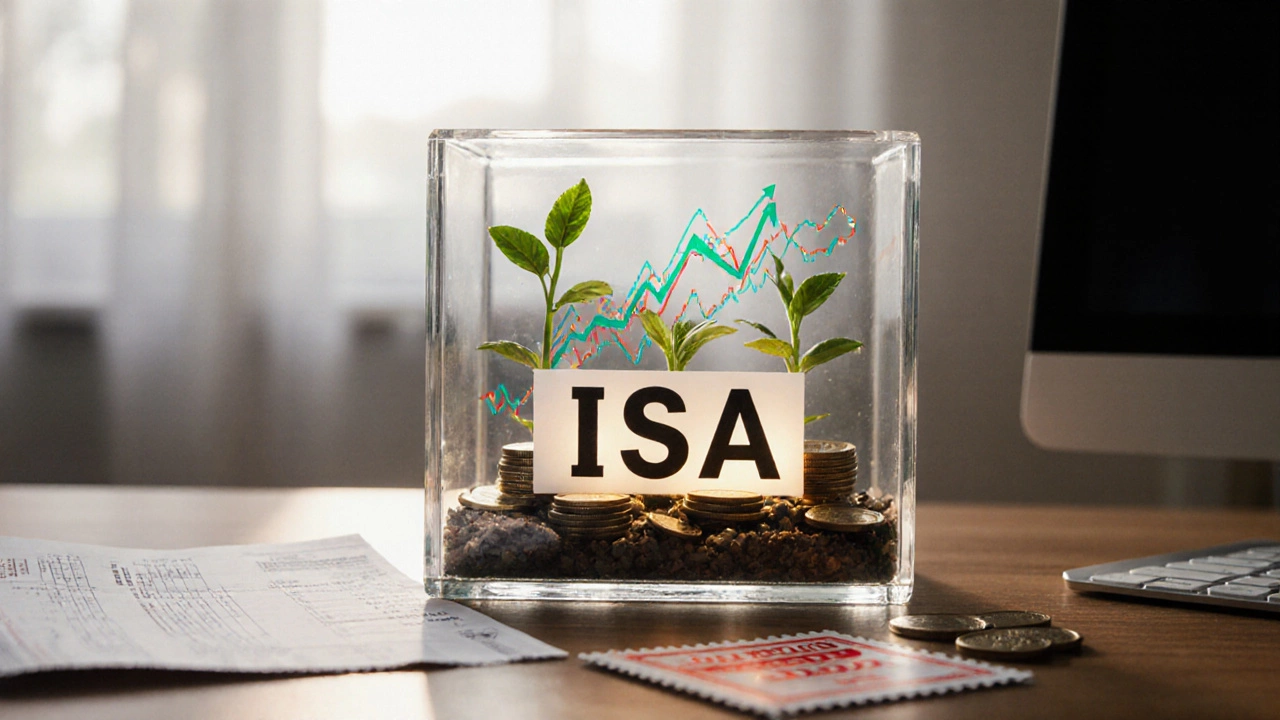ISA Allowances: What You Can Save Tax-Free Each Year
When it comes to saving money in the UK, ISA allowances, the annual limit set by the government for tax-free savings. Also known as ISA limits, it lets you put away money without paying tax on interest, dividends, or capital gains. For the 2024/25 tax year, the total ISA allowance is £20,000. That’s £20,000 you can stash in one type of ISA or split between different ones — Cash ISA, Stocks and Shares ISA, Innovative Finance ISA, or Lifetime ISA — without the government taking a cut.
Not everyone uses their full allowance. Some people stick to a Cash ISA because it feels safe. Others put money into a Stocks and Shares ISA hoping for better returns over time. But here’s the thing: if you don’t use your allowance by April 5th, you lose it. It doesn’t roll over. That’s why smart savers plan ahead. You can open one of each ISA type in a single year, but you can only pay into one of each kind. So if you put £10,000 into a Cash ISA and £10,000 into a Stocks and Shares ISA, you’ve hit your limit. No more contributions until next tax year.
The Cash ISA, a tax-free savings account that pays interest is simple. You deposit money, earn interest, and keep all of it. No tax. The Stocks and Shares ISA, a tax-free investment wrapper for funds, shares, and bonds is riskier but can grow faster. It’s not magic — markets go up and down — but over 10 or 20 years, the tax-free growth can make a big difference. Then there’s the Lifetime ISA, a special ISA for first-time homebuyers or retirement savings, which gives you a 25% government bonus on up to £4,000 a year. But you can only use it for a first home or after age 60, or you pay a penalty.
People often mix up ISA allowances with pension contributions or other savings accounts. A regular savings account doesn’t offer tax-free growth. A pension gives you tax relief on contributions, but you can’t touch the money until 55 (rising to 57 in 2028). An ISA lets you take your money out anytime, no questions asked. That flexibility matters. If you’re saving for a car, a trip, or an emergency, an ISA gives you control.
What you choose depends on your goals. If you’re risk-averse and want to keep cash safe, a Cash ISA works. If you’re investing for the long haul, a Stocks and Shares ISA could be worth the shake-up. And if you’re buying your first home, the Lifetime ISA bonus is hard to ignore. But remember — you can’t max out all types at once. You’ve got £20,000 to split how you like.
There’s no magic trick. The best move is to use your full allowance every year. Even £50 a month adds up. Over 10 years, that’s £6,000 — and if it’s in a Stocks and Shares ISA earning 5% a year, you could end up with nearly £8,000 thanks to compound growth. All tax-free. That’s the real power of ISA allowances. Not the headline number. It’s what happens when you keep putting money in, year after year, without paying tax on the gains.
Below, you’ll find real breakdowns of how people use their ISA allowances, what happens when they don’t, and how to pick the right type without overcomplicating things. No fluff. Just clear facts and practical examples.

